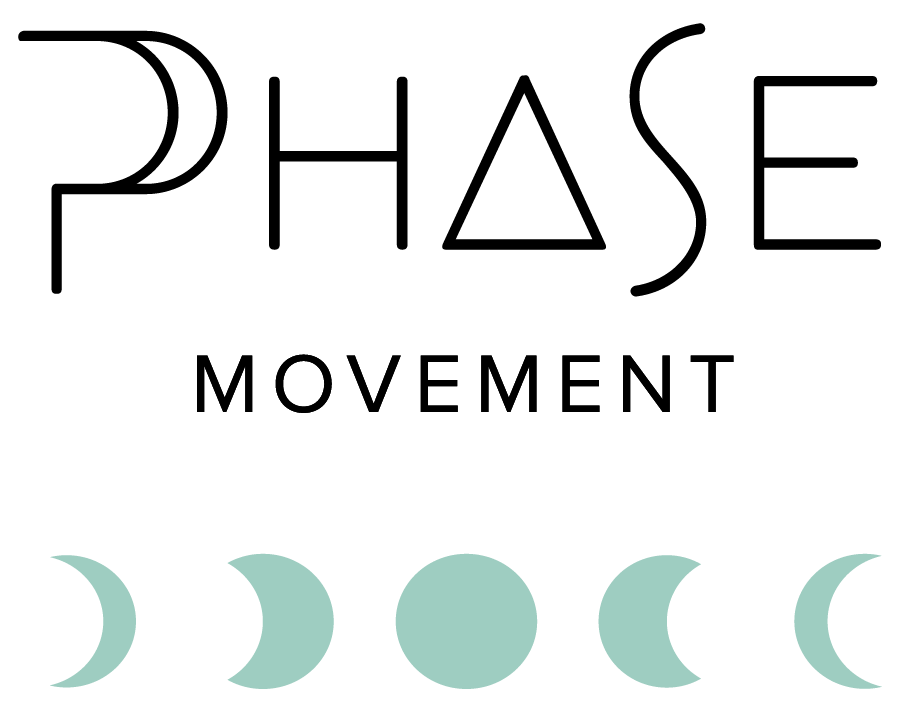FREQUENTLY ASKED QUESTIONS
FAQ
-
Wear something you feel comfortable moving in — shorts are fine, but there is the possibility that your feet will be up in the air at some point during the session, just make sure you are comfortable.
-
We accept payment with a major Credit/Debit card in our Online Store, or you may pay with Check, or Venmo.
-
This depends on each individual. For some, wanting to maintain a goal it might mean once a week — for others, every other week might be a better fit. I have clients I see only once in a while — maybe a couple times a year, if they’re having a flair up, or want to briefly address something that isn’t working well for them in their movement routine.
You, the client, get to decide what works best for you. There is no requirement to keep coming. But, as you might guess, the more consistently you practice something, the better you become at it and the more likely you are to feel better.
-
No. Diagnosis is outside my scope of practice, both as an Occupational Therapy Assistant, and as a movement therapist. What I can do is consult with you about your symptoms and talk through some ideas about where to obtain a diagnosis, if needed, and likely treatments that colleagues might recommend. I can help you develop questions and concerns that you can bring to your healthcare providers.
-
No, I do not take health insurance — but I am working towards creating a business model that allows for sessions to eventually be as low cost as a copay. Most insurance companies will not cover treatments that are considered ‘maintenance goals,’ but many people require maintenance and practice when it comes to any type of movement therapy.
Because my scope of practice revolves around both building towards and maintaining goals, health insurance, in its present configuration does not cover our work together.
-
Yes, but I’m also happy to work with folks who are trying to become more comfortable with hands on adjustments.
I use a lot of movement therapy modalities, like passive range of motion and active assisted range of motion as part of my sessions. I spend time creating hands-on biofeedback with your nervous system. You are always allowed to voice discomfort and I will follow your lead about what is ok for you and what is not.
